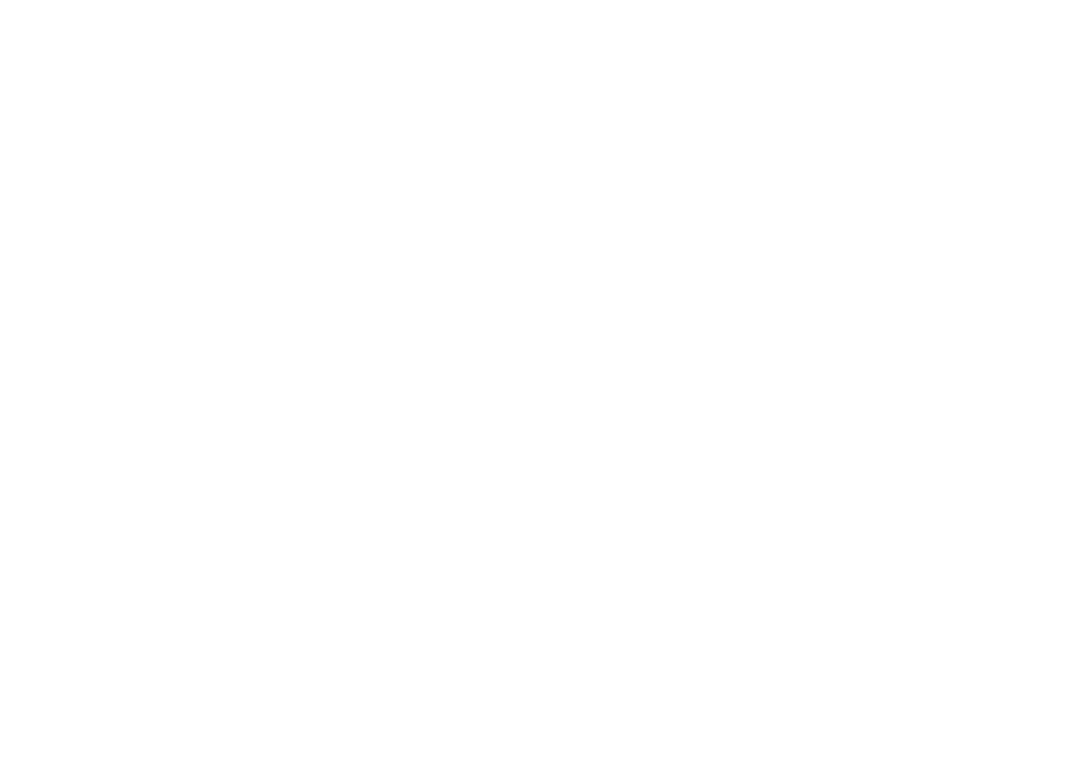C 718 40 i specifications
The Electrolux C 718 40 i is an outstanding vacuum cleaner designed to meet the needs of modern households. With its powerful performance and advanced features, it stands out as a reliable choice for maintaining cleanliness in any home environment. This model boasts a sleek design that is not only aesthetically pleasing but also ergonomic, making it easy to maneuver and operate.One of the main features of the Electrolux C 718 40 i is its high-efficiency motor, which delivers strong suction power. This ensures effective dirt and dust removal from various surfaces, including carpets, hardwood floors, and tiles. The vacuum is equipped with a multi-surface brush roll that adapts to different flooring types, ensuring optimal cleaning performance without damaging delicate surfaces.
In terms of technology, the C 718 40 i incorporates advanced filtration systems. It features a HEPA filter that traps allergens and fine particles, making it an excellent option for allergy sufferers. This filter is essential for maintaining indoor air quality, especially in homes with pets or individuals who experience respiratory issues.
The vacuum cleaner is designed for convenience and ease of use. Its lightweight construction allows for effortless transport and handling, while the ergonomic handle provides comfort during extended cleaning sessions. The C 718 40 i also includes a spacious dust container, minimizing the need for frequent emptying and allowing you to clean larger areas without interruption.
Another noteworthy characteristic of this model is its energy efficiency. The Electrolux C 718 40 i operates quietly while consuming minimal power, making it an eco-friendly choice for conscientious consumers. Additionally, it offers various suction settings, allowing you to adjust the power according to the surface being cleaned or the level of dirt.
The vacuum also comes with a range of attachments and accessories, including crevice tools, upholstery brushes, and dusting brushes, making it versatile for a variety of cleaning tasks. This comprehensive toolset helps you tackle different cleaning challenges, ensuring no corner of your home is left untouched.
In summary, the Electrolux C 718 40 i combines powerful suction, advanced filtration, and lightweight design, making it an ideal vacuum cleaner for maintaining a clean and healthy home. With its combination of innovative features and user-friendly operation, it is a high-performing option for anyone looking to enhance their cleaning routine.

